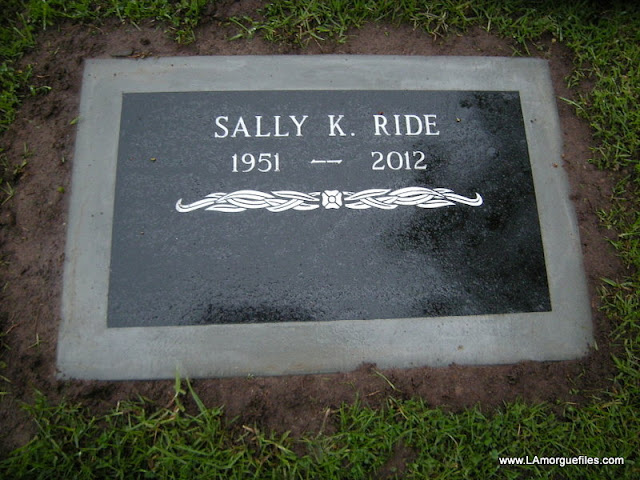Shirley Mason (born Leonie Flugrath; June 6, 1900 – July 27, 1979) was an American actress of the silent era.
Biography
Born to Emil and Mary (née Dubois) Flugrath, she and her two sisters Edna and Virginia became actresses at the insistence of their mother. Mason, and her sister Virginia (Viola Dana), made their film debuts at the ages of 10 and 13, respectively, in the film A Christmas Carol (1910).[1] Mason's next film was 1911's The Threshold of Life (1911).
As a child actress, Mason was not in high demand. It was not until 1915 that she played her next role in the film Vanity Fair. In 1917, her career saw a major advance as she was cast in thirteen films that year alone, and was given the title role in the film The Awakening of Ruth.[2] Mason continued a vibrant acting career through the 1920s, landing several major roles. In the 1929 film, The Flying Marine, she appeared in her final role (along with her sister Viola) capping her career at 109 films between the years of 1910 and 1929.

The Flugrath sisters were a talented trio, and all three graced the theatrical world with their work in the silent film industry. Edna Flugrath was the eldest daughter, born in 1893, and was the only sister to maintain her original name upon entering the cinematic world. Virginia, who later changed her name to Viola Dana, was born in 1897, followed by the youngest, Leonie, who would one day be Shirley Mason. The mother of the Flugrath sisters was the one who first dreamed of their stage careers, and at a very young age had them enrolled in dance classes. The sisters spent much of their childhood touring with companies at Coney Island, Elks Clubs and other venues.[3]
Shirley Mason as Natacha Rambova and Viola Dana as Rudolph Valentino
Eventually, their mother's efforts paid off; all 3 sisters were hired by Edison Studios. Viola met her husband, John Collins, at Edison, and the young director and actress became a successful husband-wife team. Edna also met her future husband at the Studios, and when Harold Shaw left to open the first British Film company, Edna accompanied him and shortly thereafter became his wife. Shirley had appeared in several films and had also met her future husband, Bernard Durning.
Bernard Durning and Shirley Mason
Durning was a fellow actor and also director, and although eight years her senior, the two were married when Mason was only 16 years old. Mason and Durning enjoyed a very happy marriage, him directing films back East, and Shirley acting in them. All was well until 1923 when Bernard contracted typhoid fever and died, leaving 22-year-old Shirley a widow.
Sidney Lanfield
Mason was remarried once more in 1927 to director Sidney Lanfield. The two remained married until Lanfield died of a heart attack in 1972.[4]
Shirley Mason and Sidney Lanfield are interred at Westwood Village Cemetery in Los Angeles, California.
Partial filmography
A Christmas Carol (1910)
A Fresh Air Romance (1912)
Vanity Fair (1915)
Where Love Is (1917)
The Seven Deadly Sins (1917)
Come on In (1918)
Good-Bye, Bill (1918)
The Rescuing Angel (1919)
The Final Close-Up (1919)
Putting It Over (1919)
Treasure Island (1920) (as Jim)
Jackie (1921)
Little Miss Smiles (1922)
Lights of the Desert (1922)
My Husband's Wives (1924)
Lord Jim (1925)
Desert Gold (1926)
Don Juan's 3 Nights (1926)
Let It Rain (1927)
Sally in Our Alley (1927)
So This Is Love? (1928)
Vultures of the Sea (1928)
Runaway Girls (1928)
Anne Against the World (1929)
The Show of Shows (1929)
References
1. "Actual film stored at archive.org."
2. "Biography from IMDB."
3. "Flugrath Article."
4. "Miss Shirley Mason."

























































